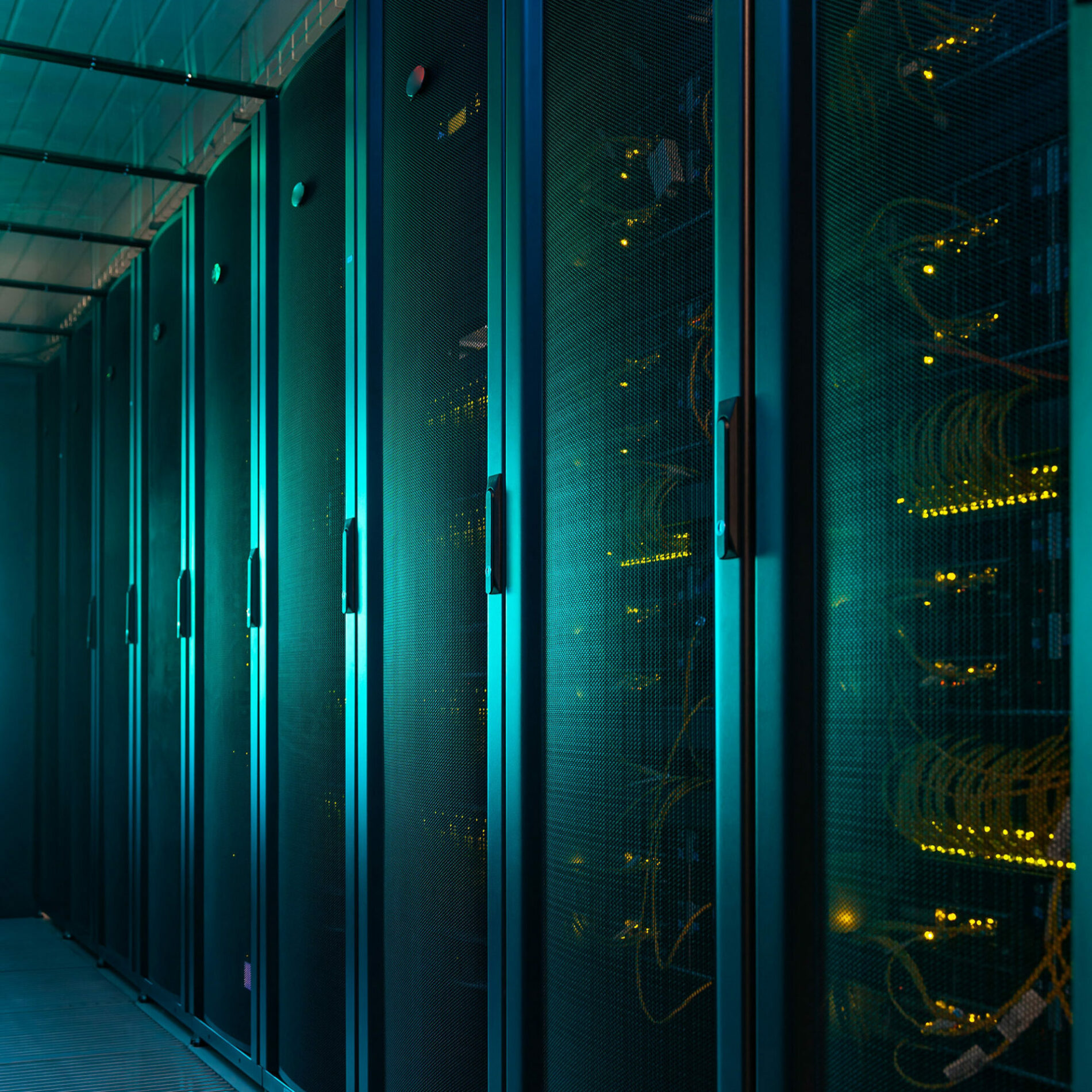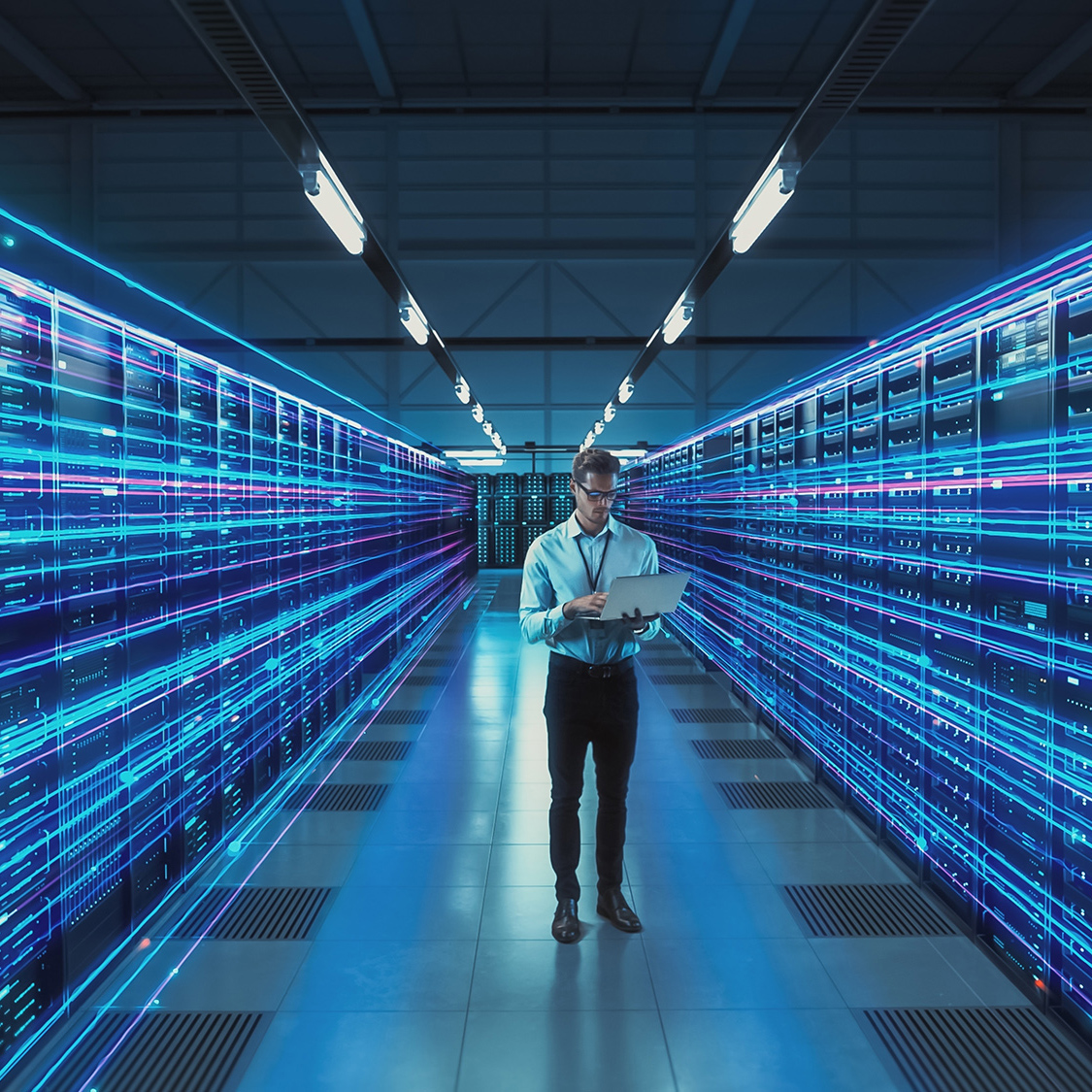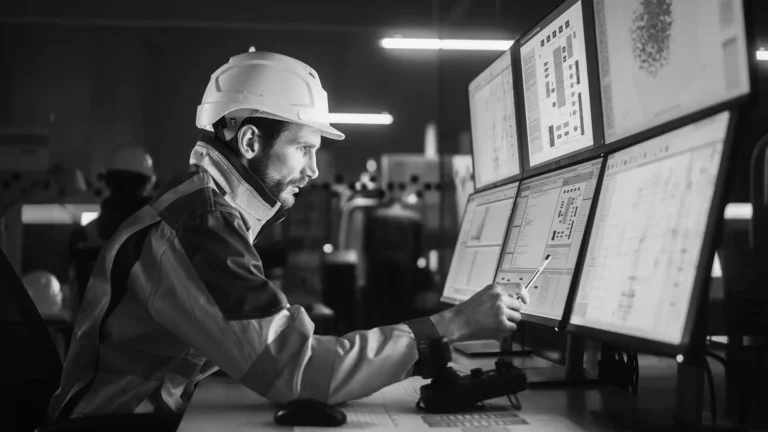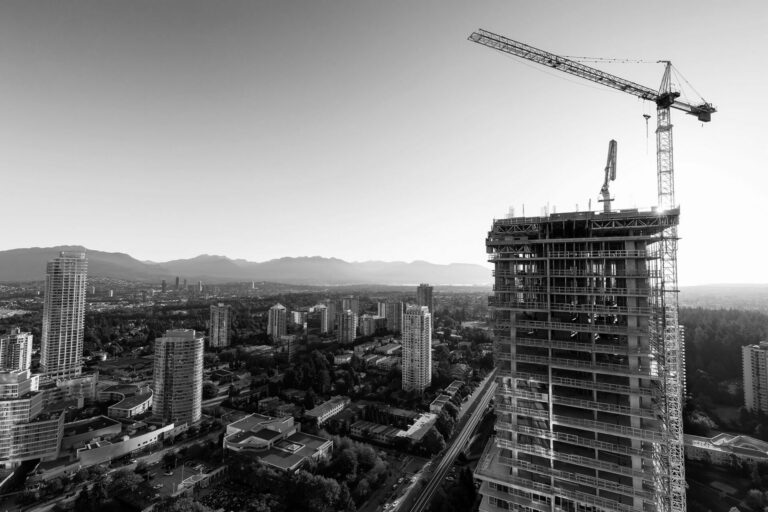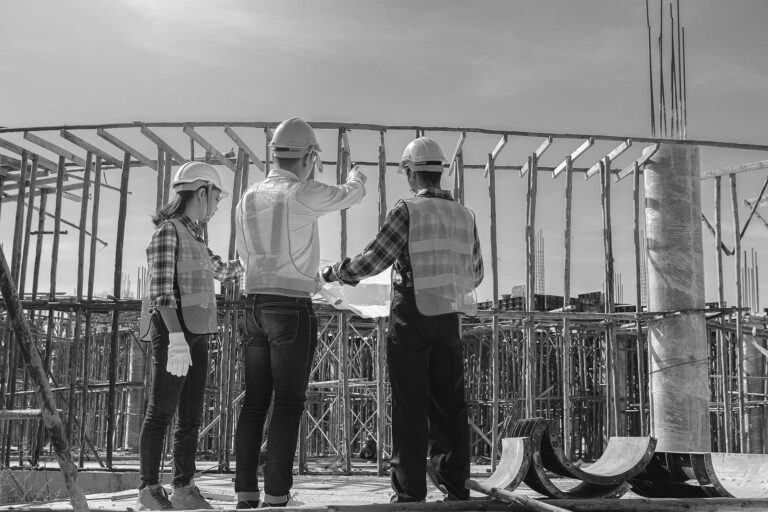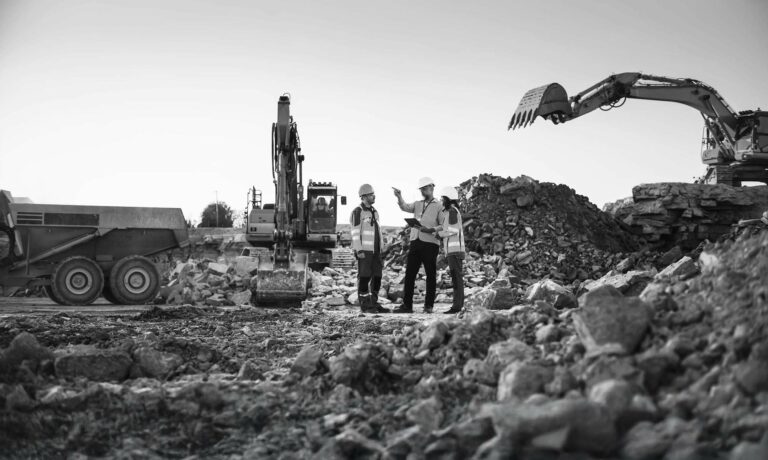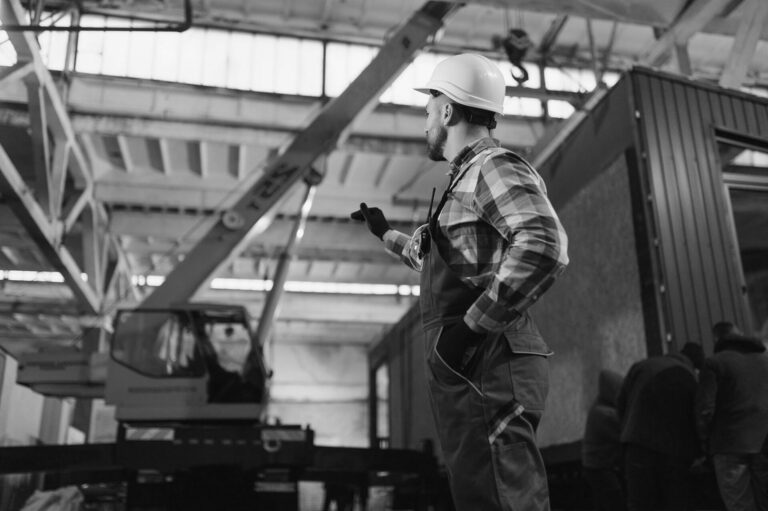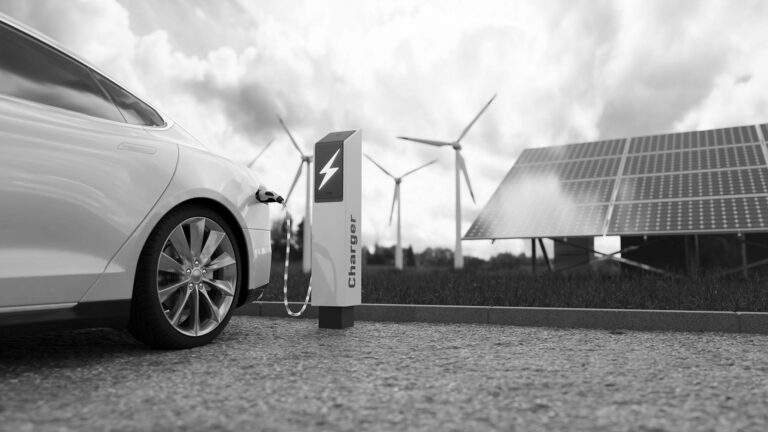In the recent past, technological advances have vastly improved the quality of life for communities around the world. From the widespread adoption of electrical power, right through to the internet and AI, technology is changing the way we life on a daily basis. These advances come at a cost, however. The energy required to power these features are having an enormous impact on the ecology of the planet. This means that the more advanced we are, the less sustainable the overall picture becomes.

The crux of the issue lies with the nature of the sector itself. Given that tech companies succeed on their ability to remain fast, intuitive and available 24/7, the negative effects of the industry have grown exponentially. A 2022 report from Greenpeace and Stand.earth found that the rise in the use of technology was having an unquestionable impact on the amount of energy being used worldwide. In fact, the report found that between 2020 and 2030, global levels of electricity consumption are expected to rise by an incredible 60%. In addition to that, statistically, Big Tech produces the same amount of carbon emissions as the aviation industry and, with Facebook announcing its plan to invest in undersea cables in both Latin America and sub-Saharan Africa, it is not due to slow down any time soon.
The tech industry is a double-edged sword when it comes to sustainable practices. Data centers, electrical waste, and a never-ending need to power source access mean that any positive change that it drives can ultimately be set aside. Each success is balanced against an increasing number of difficult questions. Data centers in particular are a huge consumer of resources and are something deeply problematic. In the US alone, there are around 2700 of them. Without requiring many humans to operate them, they consume vast amounts of electricity and water. According to figures, anywhere from 3-5 million gallons of water are needed per day to run them. This is equivalent to the water usage of 30,000-50,000 people. So, where does all this leave a global economy that is now conditioned to rely on technology for its daily needs? In addition to the many innovative tools coming from the scientific and engineering communities, collaborative efforts between the construction industry and Big Tech itself could prove to be a game changer.
For a number of years, Big Tech companies have been gradually working towards a cleaner model. Seven of the ten ranked consumer electronics brands have committed to achieve 100% renewable energy for their operations. However, many of these companies are yet to meet these targets. One outlier in this regard is Microsoft. The company has been working ceaselessly to become carbon negative which, in the tech field, takes some doing. In January 2020, it announced a strategy to become carbon negative by 2030. Not only that, it is seeking to remove all carbon that it has emitted since its inception in 1975. Additionally, it was awarded the EPA’s Green Power Leadership Award in 2021 due to its all-renewable energy usage since 2014. “Our carbon negative commitment includes three primary areas: reducing carbon emissions, increasing use of carbon-free electricity, and carbon removal. We made meaningful progress on carbon-free electricity and carbon removal in FY23. Microsoft has taken a first-mover approach to supporting carbon-free electricity infrastructure, making long-term investments to bring more carbon-free electricity onto the grids where we operate.”
“Our carbon negative commitment includes three primary areas: reducing carbon emissions, increasing use of carbon-free electricity, and carbon removal. We made meaningful progress on carbon-free electricity and carbon removal in FY23.”
However, its campus in Redmond, Washington, is a prime example of the positive change that can be achieved through innovation and dedication. The campus has been Zero Waste certified for seven consecutive years and has recently implemented a highly successful reuse pilot program. “In FY23, we initiated a reuse pilot on our Redmond campus where employee devices and peripherals used on campus turned in for recycling were refurbished and reused, reducing operational waste, extending the internal life cycle of devices and peripherals previously destined for recycle. The pilot was a success, with over 18,000 items redeployed internally, diverting 33,000 pounds of e-waste. We’re evaluating the results for pilot expansion in future years.”
Recent redevelopments of the space have taken things even further, however. At the outset, the campus’ redevelopment has aimed to reach new levels of sustainable and environmentally positive practices. “We will remove fossil fuels from these new buildings and run this new addition, as well as the rest of our campus, on 100 percent carbon-free electricity. We are also reducing the amount of carbon associated with the construction materials of our new buildings by at least 15 percent, with a goal of reaching 30 percent, through a new online Embodied Carbon Tracking tool.”
The work being doing has also allowed the company to reimagine its heating system. This year, the company has been given numerous awards for its Thermal Energy Network project, a ground-breaking piece of work that heats and cools the 72-acre campus. In addition to this, the system is almost completely carbon free. “We knew we wanted our new campus to be zero-carbon in its daily operations,” says Katie Ross, global sustainability lead for Microsoft real estate. “So, we had to think outside the box on how to provide heating and cooling needs for these buildings. That’s really what drove us to geoexchange technology.” According to the International District Energy Association, the work being completed at the campus is truly revolutionary and will also, hopefully, bring long-term gains for the rest of the planet. “The massive 72-acre rebuild includes dozens of hopefully planet-saving designs and features, but none are more impressive than the Geothermal Energy Center (TEC). To heat and cool the massive campus, a 6.5-acre geothermal well field, consisting of around 900 boreholes drilled up to 550 feet deep was completed last year with the aim of delivering 50% of the heating and cooling needs without carbon emissions. The subsurface environment was unmapped and known to be riddled with past construction debris and natural obstacles. Nevertheless, GLY Construction who managed the drilling efforts completed all work under budget and on time thanks to an innovative approach of virtual design and virtual construction that included a 3D model of the components and the job site true to within 256ths of an inch.”










